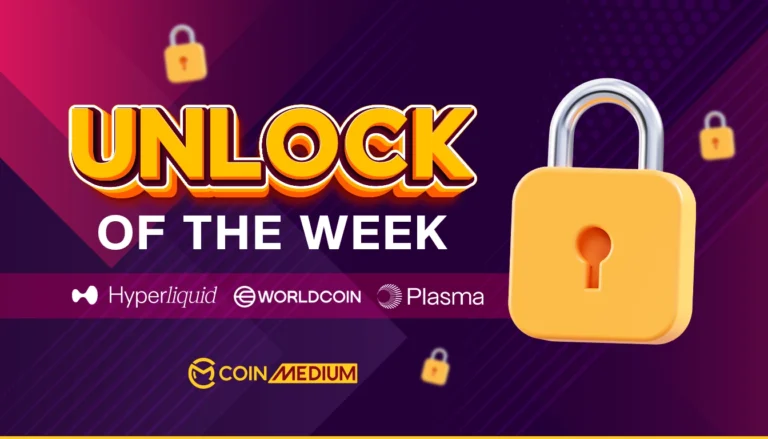A weekend social media post ignited fierce controversy when AJC, an analyst from the leading crypto market intelligence platform Messari, declared the Ethereum blockchain network is “dying” based on plummeting revenue numbers. AJC pointed to August’s brutal statistics: Ethereum generated just $39.2 million in fee revenue, representing a crushing 40% drop compared to last year and a whopping 75% from August 2023, marking one of the lowest revenue points since January 2021.
Following AJC’s provocative tweet, the Ethereum community didn’t hold back. Critics swiftly countered that focusing solely on Layer 1 fee revenue misses the bigger picture of a network that’s evolving and expanding. They highlighted explosive growth in Layer 2 ecosystems of the blockchain, skyrocketing stablecoin volumes (with USDT and USDC hitting fresh all-time highs for seamless, low-volatility transfers and DeFi plays), and a robust uptick in daily active addresses (signaling more users and developers building on the platform). Together, these trends paint Ethereum as a resilient powerhouse, where lower mainnet fees are actually fueling broader usage and potential future upside for holders of ETH, the native cryptocurrency of the blockchain.
The Upgrade That Changed Everything
The debate about the health of the blockchain started post-March 2024, when it got a major update called Dencun. This update made it a lot cheaper to use Ethereum’s side networks, which are like faster, less crowded roads that connect to the main Ethereum highway. Users were thrilled because they no longer had to pay high fees to send money or use apps on these side networks.
But this had a cascading effect on the main Ethereum network, which keeps everything running. It started making way less money from fees — sometimes less than half of what it used to earn. This caused some worry, with a few industry players even saying Ethereum is struggling to stay relevant.
However, not everyone is pessimistic. Henrik Andersson, a crypto expert from Apollo Crypto, says Ethereum is doing great despite some negative talk. He points out that Ethereum is handling a record $132 billion in digital dollars (stablecoins), processing tons of transactions, and seeing a surge in users — over 552,000 active users a day by late August 2024, which is 21% more than last year.
AJC differs. He says that Ethereum is losing steam because it’s making way less money from fees. He says these fees are what make ETH valuable, and brushes off user counts and transaction numbers as stats that don’t really matter for the network’s financial health.
A Pattern of Predictions
This is not the first time that a debate has raged about the future of Ethereum. It has faced death predictions 150 times since 2014, with 40 occurring in 2024 alone, according to Ethereum Obituaries. Ryan McMillin from Merkle Tree Capital explains that analysts typically declare Ethereum dead during weak periods or when competitors gain ground.
McMillin doesn’t think Ethereum is doomed, but he admits it’s got some real hurdles to clear. Right now, it’s stuck in an awkward spot: not quite as rock-solid as Bitcoin, which people see as “digital gold,” and not as speedy or cheap as the Solana blockchain. “Ethereum’s whole ‘ultra-sound money’ idea just couldn’t compete with Bitcoin’s stronger appeal as the toughest currency out there,” McMillin points out.
Despite recent hurdles, Ethereum continues to captivate institutional investors, proving its staying power in the crypto market. The introduction of spot Ethereum ETFs in 2024 has significantly bolstered confidence, attracting substantial capital from traditional finance. Data reveals that major holders, or “whales,” have ramped up their ETH holdings by 14% since the price lows in April 2025, a strong signal of their belief in the blockchain’s enduring value and long-term growth potential.
The debate does reflect broader questions about measuring blockchain success: should investors focus on traditional revenue metrics or new frameworks considering network effects and ecosystem growth? The answer may determine how markets value the entire blockchain sector moving forward.








